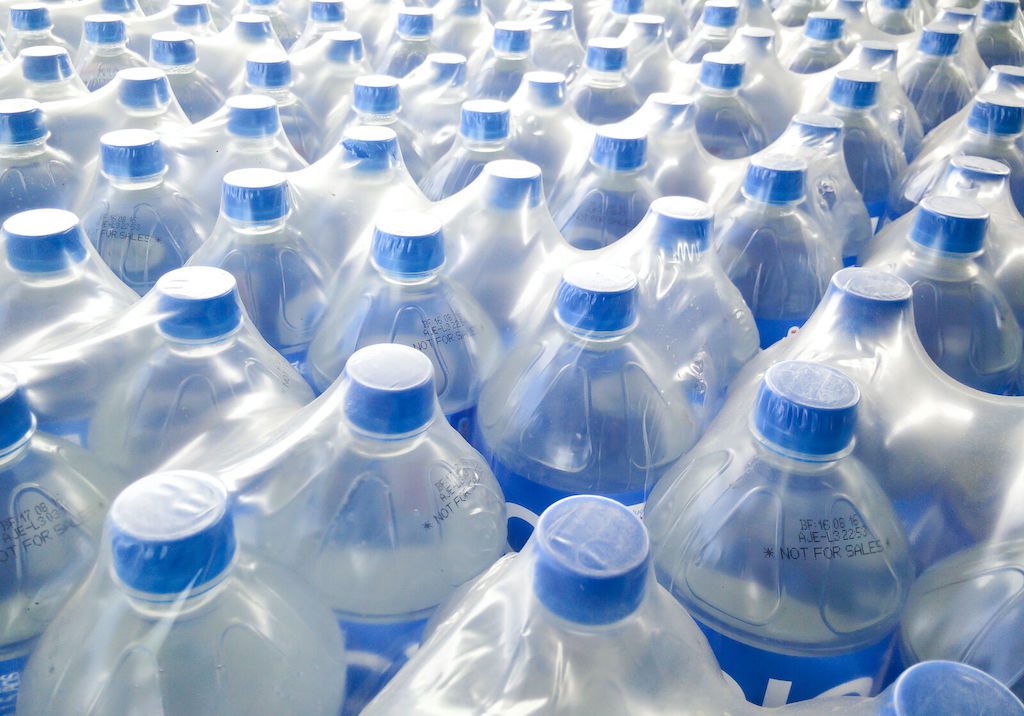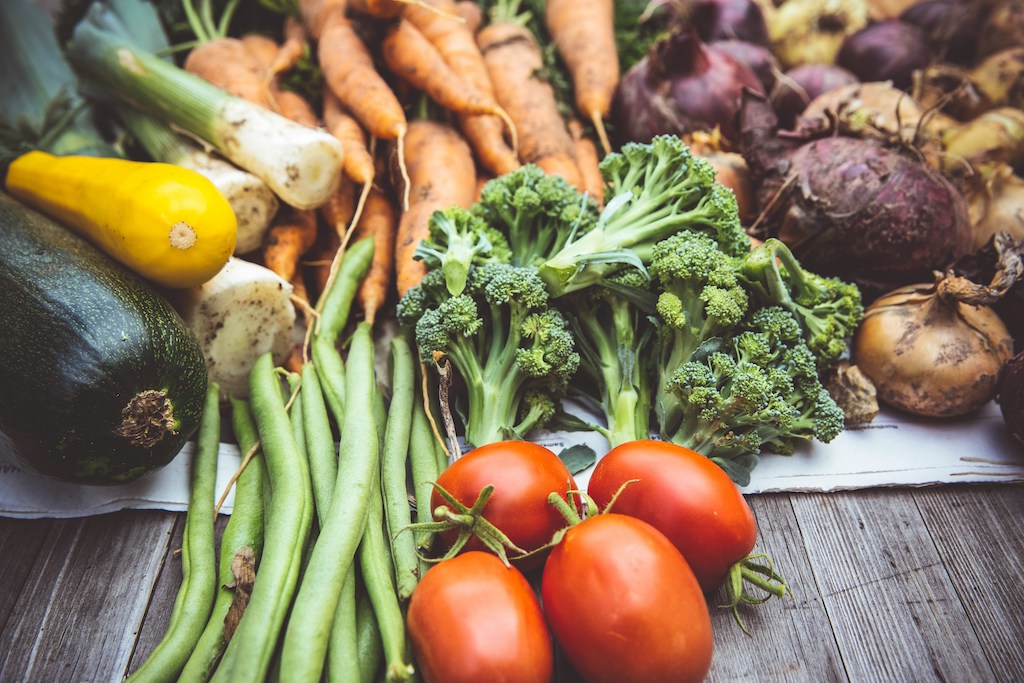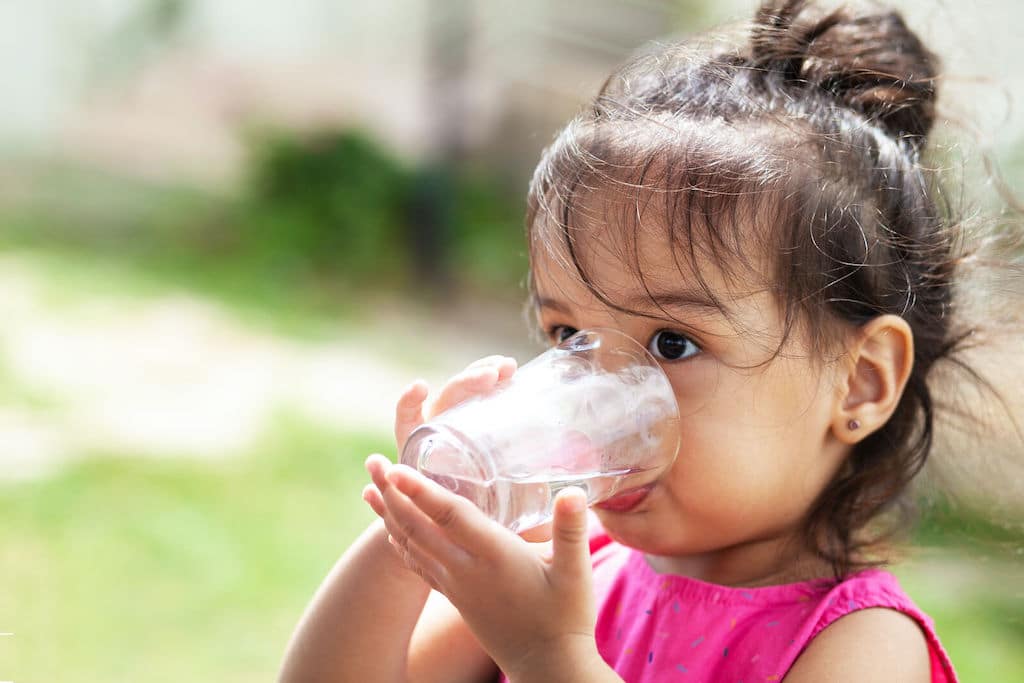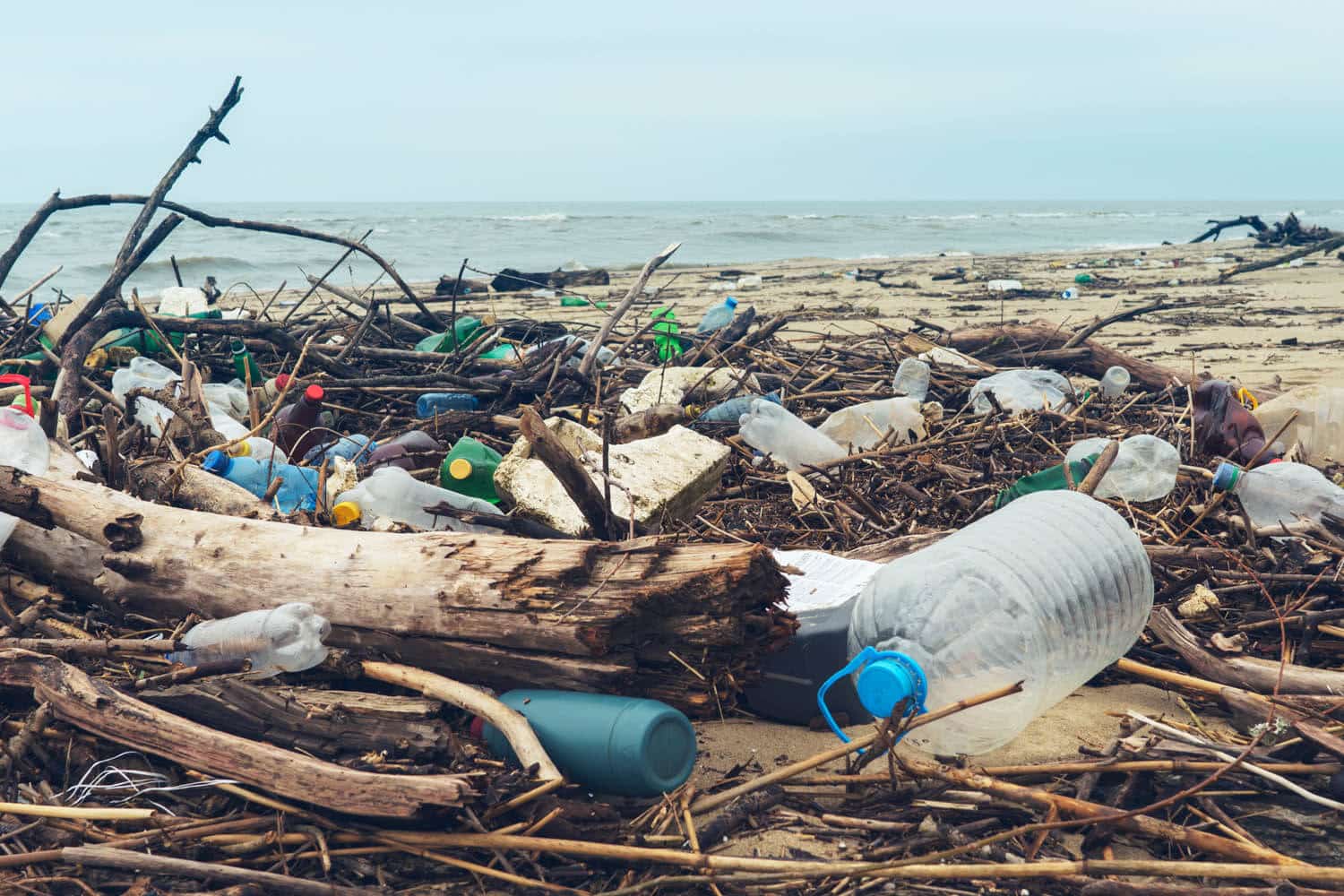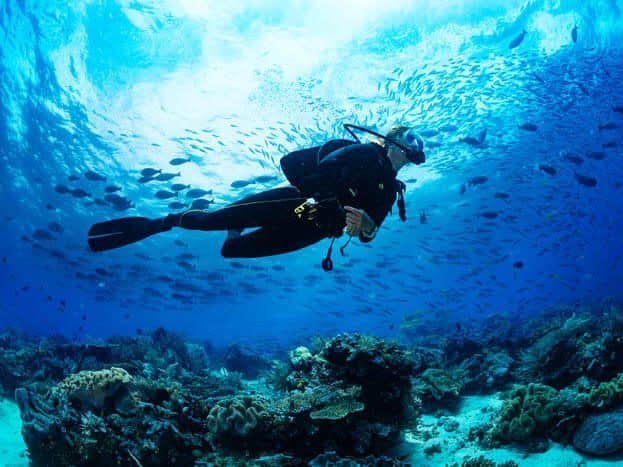As strongly recommended by Plastic Pollution Coalition and other leading experts and community advocates, on November 30 the U.S. Environmental Protection Agency (EPA) included in the newly drafted Lead and Copper Rule Improvement (LCRI) language that could mitigate the distribution and use of hundreds of billions of single-use plastic water bottles across the United States over the next 10 years.
The LCRI strengthens the Lead and Copper Rule that was originally published in 1991 to control lead and copper in drinking water, and the Filtered Not Bottled campaign has been pushing for the inclusion of language to proactively recommend the distribution point-of-use filters to impacted households within the LCRI. The newly drafted rule requires water systems with consistently high levels of lead to make available to customers filters certified to remove lead from water, rather than single-use water bottles. This is a very significant step forward.
It is critical we do not allow additional serious pollutants to be introduced into the environment and our bodies while the U.S. addresses getting toxic lead out of our drinking water. Plastic pollutes at every stage of its existence. We are grateful the EPA draft rule will advance access to filters, which can provide families with a safer, sustainable clean water solution to protect them for many years to come, while also reducing the use of plastic bottled water.
— Julia Cohen, Co-Founder and Managing Director, Plastic Pollution Coalition
In the United States there are an estimated 12 million lead pipes, otherwise known as lead service lines, bringing water into the homes of 22 million or more people. There is no safe level of lead in drinking water, and exposure can result in cognitive delays, cancer, and cardiovascular disease. The Biden-Harris Administration had previously committed to removing 100% of lead service lines within the next 10 years. However, because there is no safe level of lead exposure, many communities are now facing the question of how to get clean drinking water while they wait up to a decade for their lead pipes to be replaced. One thing is clear: single-use plastic water bottles are not the solution.
The Problem with Single-Use Plastic Bottles

Single-use plastic water bottles, like all plastics and especially single-use plastics, pollute throughout their existence. Unfortunately, consumption of single-use plastic bottles continues to grow, with 3 million single-use bottles used per hour in the U.S.; most of these bottles are not recycled and end up in landfills, incinerators, or are shipped overseas, driving pollution and injustice. Unfortunately, government and aid agencies have historically provided communities facing water pollution from lead and other contaminants with single-use water bottles—a regrettable substitute and another form of pollution.
Single-use plastic bottles are not only a source of pollution at the end of their use, but also during their production, transportation, and consumption. Plastic production emits highly toxic chemicals into primarily poor, rural, and Black, Indigenous, People of Color (BIPOC) communities. People living on the front lines of plastic production face a heightened risk of experiencing asthma, cardiovascular disease, and cancer. Plastic bottles release toxic chemicals and microplastics into the water they hold, which in turn enters human bodies when consumed. Chemicals found in the water inside plastic bottles include hazardous heavy metals, including lead and antimony, and hormone disruptors, such as phthalates and bisphenols.
Plastic Pollution Coalition has spent the last 14 years breaking the “myth” of single-use plastic bottles as a safe source of water and other beverages, exposing single-use bottles as pollution to communities, the environment, and the drinks they contain. We advocate for safe, simple solutions such as reusable, plastic-free bottles and water filters.
Filters, Not Bottles, as a Solution for Safe Drinking Water

In 2022, Plastic Pollution Coalition launched the Filtered Not Bottled campaign to call on the EPA and local governments to recommend and support distribution of filters to households impacted by lead pipes for use before, during, and up to 6 months after lead service line replacement.
Home water filters certified to remove lead are an economical, accessible, and healthy way to ensure families impacted by lead lines have access to clean water for drinking, cooking, and washing. Pitcher filters and replacement filters for one year can cost as low as $50, while single-use bottled water can cost $1,820–-$2,080 a year per person at $7.00–$8.00 per gallon and 5 gallons per person per week. Filters also drastically reduce plastic pollution that ends up in community waste infrastructure and in the surrounding environment. Supplying water to impacted communities for just 6 months could use as many as 32 billion single-use plastic water bottles. Filters, depending on the brand and model, can also reduce microplastics, chlorine, and other common water contaminants.
In September of 2022, Plastic Pollution Coalition and other leading experts and community groups submitted a Letter to the EPA outlining our recommendations for filter distribution. Over the past year, we have attended meetings with the White House Center for Environmental Quality, EPA Office of Water, and leading federal elected officials, built relationships with impacted communities and local advocacy groups, distributed education materials, and increased public involvement with a petition and campaign letter to the EPA. We are pleased to see the EPA has utilized the Lead and Copper Rule Improvement draft to take an important step towards filter use and protecting impacted communities from lead and plastic pollution.
Where the LCRI Draft Rule Falls Short

The LCRI is a big win for Filtered Not Bottled and clean water across the country. However, the draft currently falls short on key measures that community groups, scientists, federal legislators, and leading advocacy organizations, such as Natural Resource Defense Council, have been calling for to best protect the impacted communities. We are hopeful the draft will be amended to include the following key measures:
- Reduce the lead action level to 5 parts per billion (ppb). While the proposed rule does reduce the lead action level from 15 ppb to 10 ppb, there is no safe level of lead in drinking water and reducing the action level to 5 is critical to protect communities.
- Require water systems to fund full lead service line replacement. The proposed rule must be amended to require water systems to not only fund the lead service line replacement on public property, as the current version states, but also the small portions of pipe on private property connecting the public systems to households and other infrastructure.
- Advise against toxic plastic pipes as the replacement pipe alternative. The draft rule failed to recommend safe pipe material for replacement and did not advise against plastic pipes associated with release of microplastic and chemicals into water, including PVC and PEX (as was recommended in the Letter to the EPA submitted September 2022 and in a recent report “The Perils of PVC Plastic Pipes” authored by Beyond Plastics and Plastic Pollution Coalition).
I applaud the U.S. Environmental Protection Agency’s decision to require the removal of lead pipes used for drinking water nationwide, but EPA administrator Michael Regan needs to take that one step further and advise local governments not to replace lead service lines with PVC plastic pipes. Like all plastic, PVC and CPVC contain chemical additives—some toxic and many untested for toxicity—that can leach into our drinking water. The Biden administration must ensure we don’t leap from the frying pan into the fire by replacing lead pipes with another material that threatens public health, like PVC, especially when safe alternatives exist.
— Judith Enck, former EPA Regional Administrator and current Beyond Plastics President
The EPA will be accepting public comment on the proposed rule before it is finalized in October 2024, and will also be hosting an information webinar on December 6, 2023, and a virtual public hearing on January 16, 2024.
Take Action
Making pitcher filters available to the communities most impacted by lead is a big step forward for clean water free of lead and plastic pollution. Ultimately, it’s a move that will help communities impacted by lead pipes, as well as those where plastic is produced, transported, and disposed.
Plastic Pollution Coalition, through its Filtered Not Bottled campaign, continues to advocate for safe, sustainable solutions to address polluted drinking water, without single-use plastic. While more work is needed to ensure this language is kept in the draft rule and improved along with other key measures, today we can celebrate a positive step forward!
